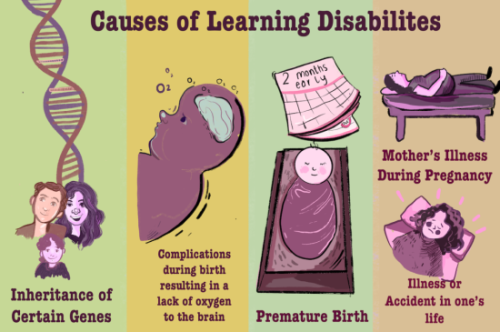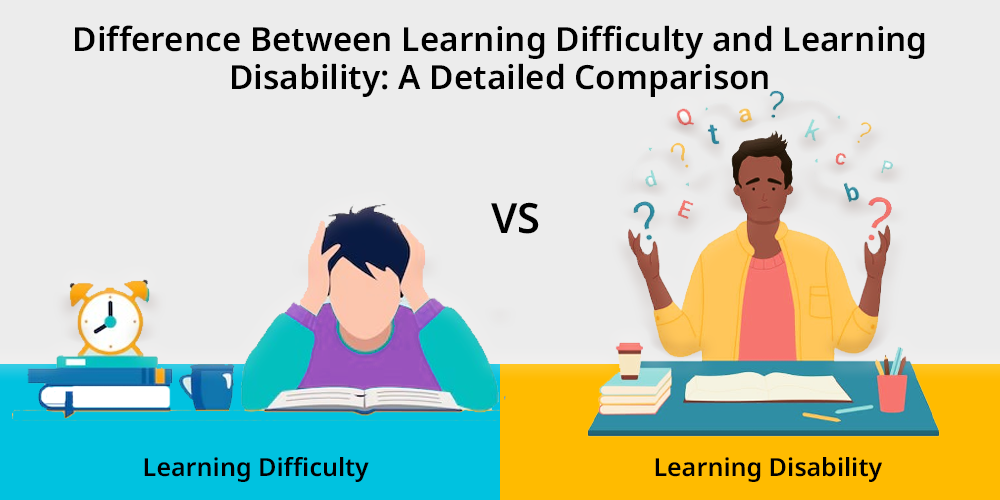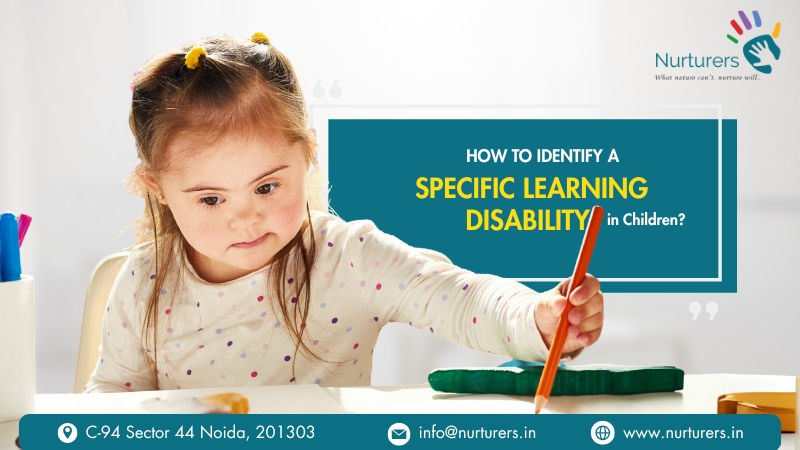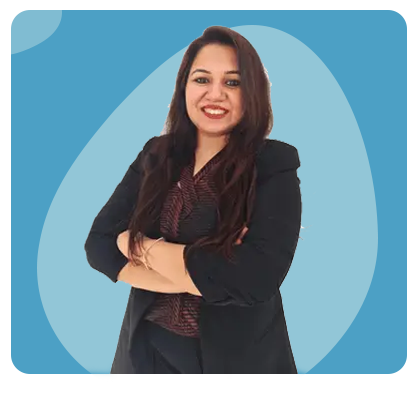Identifying a specific learning disability (SLD) in children is a crucial step toward ensuring they receive the right support and guidance at the right time. A specific learning disability refers to difficulties in understanding or using spoken or written language, performing mathematical calculations, or coordinating movements. These challenges are not due to lack of intelligence but are linked to how the brain processes information.
Early identification is essential because many children with SLD show signs such as trouble with reading, writing, spelling, or math, despite having average or above-average intelligence. Parents and teachers often notice warning signs like slow progress in school, difficulty following instructions, or problems with attention and focus. By understanding what a specific learning disability means, recognizing the types—such as dyslexia, dyscalculia, and dysgraphia—and observing the signs, families can take proactive steps.
What is a Specific Learning Disability?
A specific learning disability (SLD) is a neurodevelopmental condition that affects how a child understands, processes, or communicates information. Unlike a general intellectual disability, children with SLD usually have average or above-average intelligence but experience ongoing struggles in one or more academic areas.
In simple terms, the specific learning disability meaning is that the child’s brain works differently in processing skills like reading, writing, spelling, or numbers. These differences are not caused by laziness, lack of effort, poor teaching, or family background. Instead, they reflect how the brain’s unique wiring contributes to a learning disability in children, making it harder for them to grasp certain academic skills despite having normal intelligence..
Parents often ask, What is a specific learning disability in real life? Imagine a child who can explain stories orally with great detail but cannot put the same ideas on paper, or a child who understands science concepts but struggles endlessly with reading instructions. That gap between ability and performance is the key sign of SLD.

Types of Specific Learning Disabilities
Understanding the types of specific learning disabilities is an important step for parents and teachers because each type shows up differently in children. Early recognition of these types allows for timely therapy and classroom support, which greatly improves long-term outcomes. Common types include:
- Dyslexia (Reading Disability):
- Trouble decoding words, reading fluently, and spelling.
- May skip lines while reading or confuse similar-looking letters.
- Often struggles with comprehension despite good listening skills.
- Dyscalculia (Math Disability):
- Difficulty understanding numbers, sequences, and mathematical symbols.
- Trouble remembering multiplication tables or basic arithmetic.
- May take longer to solve word problems or grasp abstract math concepts.
- Dysgraphia (Writing Disability):
- Poor handwriting, uneven spacing, or difficulty with spelling.
- Trouble organizing thoughts on paper.
- Avoids written assignments or feels frustrated during writing tasks.
- Auditory Processing Disorder (APD):
- Difficulty understanding spoken instructions, especially in noisy settings.
- May confuse similar-sounding words or struggle with following directions.
- Visual Processing Disorder (VPD):
- Trouble interpreting visual symbols, charts, or written text.
- Letters may appear to “move” on the page or become jumbled.
- Dyspraxia (Motor Coordination Disorder):
- Affects physical coordination and planning movements.
- Impacts writing speed, tying shoelaces, or sports performance.
Each type requires a different assessment and support strategy. Recognising patterns helps parents advocate for the right interventions.

What Causes Learning Disabilities?
The exact cause of learning disabilities is often complex, but several factors can contribute:
- Genetic factors: Learning difficulties can run in families. If a parent struggled with reading or math, the child may have similar challenges.
- Brain development differences: Variations in how the brain processes language, numbers, or symbols.
- Prenatal and birth factors: Low birth weight, oxygen deprivation, or maternal illness during pregnancy may increase risks.
- Environmental factors: Early exposure to toxins, malnutrition, or lack of stimulation may contribute.
It is important to note that parenting style or teaching quality does not cause a learning disability. A child with SLD simply processes information differently, and with the right support, they can thrive.

Signs of Specific Learning Disabilities
Recognizing the early signs of specific learning disabilities is the key to timely support. Many children show signs long before formal diagnosis, but parents may confuse them with laziness, lack of practice, or behavioral issues. In reality, these struggles are persistent and continue despite regular teaching and effort.
- Preschool years:
- Delayed speech development.
- Difficulty recognizing letters, colors, or rhymes.
- Trouble learning simple routines or following directions.
- Primary school years:
- Struggles with reading fluency or spelling.
- Slow to grasp math concepts, even after practice.
- Avoids writing tasks or produces poorly organized work.
- Trouble remembering sequences (days of the week, alphabet).
- Middle school years:
- Read slowly and avoid reading aloud.
- Trouble summarizing or expressing ideas in writing.
- Poor time management or organization skills.
- Declining confidence and motivation.
Parents may also notice emotional signs such as anxiety before homework, frequent complaints of stomach aches before tests, or frustration when comparing themselves with peers.

What is the Difference Between a Learning Disability and a Learning Disorder?
Though the terms are often used interchangeably, there is a subtle but important difference between the two.
- Learning Disability: This term is more commonly used in educational settings. Schools, teachers, and special educators often use “learning disability” when referring to children who need extra academic support or classroom accommodations. It is a broader, practical term that helps guide teaching strategies and learning plans.
- Learning Disorder: This is a clinical or medical term, officially defined in diagnostic manuals such as the DSM-5 (Diagnostic and Statistical Manual of Mental Disorders) or ICD-10 (International Classification of Diseases). A “specific learning disorder” is a formal diagnosis given by psychologists or psychiatrists after a detailed assessment of the child’s difficulties.
In practice, both terms mean the child has persistent struggles in a specific area of learning and requires intervention. Schools usually refer to “learning disability,” while healthcare professionals use “specific learning disorder.”

Which Therapy is Used for Specific Learning Disability?
At Nurturers, Noida, therapy for specific learning disabilities is always personalized, as no two children face the exact same challenges. The goal is not just to improve academic performance but also to boost confidence, emotional wellbeing, and independent learning skills. A combination of therapies often works best, depending on the child’s unique needs.
- Special Education / Remedial Teaching: Structured, step-by-step teaching methods for reading, writing, and math. Uses multi-sensory techniques (seeing, hearing, touching, and movement).
- Speech and Language Therapy: Supports children with dyslexia, auditory processing, and language-related challenges. Improves vocabulary, comprehension, and expression.
- Occupational Therapy: Helps with handwriting, motor skills, and sensory processing.
- Cognitive-Behavioral Therapy (CBT): Builds self-esteem, reduces anxiety, and teaches coping strategies.
- Assistive Technology: Tools like text-to-speech apps, audiobooks, and spelling checkers that help children learn effectively.
Therapy works best when parents, teachers, and therapists collaborate through an Individualized Education Plan (IEP). Regular reviews ensure steady progress.

Final Thought
Identifying a specific learning disability is not about labelling a child—it’s about understanding how they learn best. Early recognition, proper diagnosis, and consistent therapy can transform a child’s academic journey and self-confidence. At Nurturers, we specialize in helping children with learning differences in Noida and beyond, ensuring they not only cope but also flourish.
If your child shows signs of a learning difficulty, don’t wait. Seek professional assessment and give them the tools they need to succeed. With patience, encouragement, and expert support, every child can reach their full potential.

